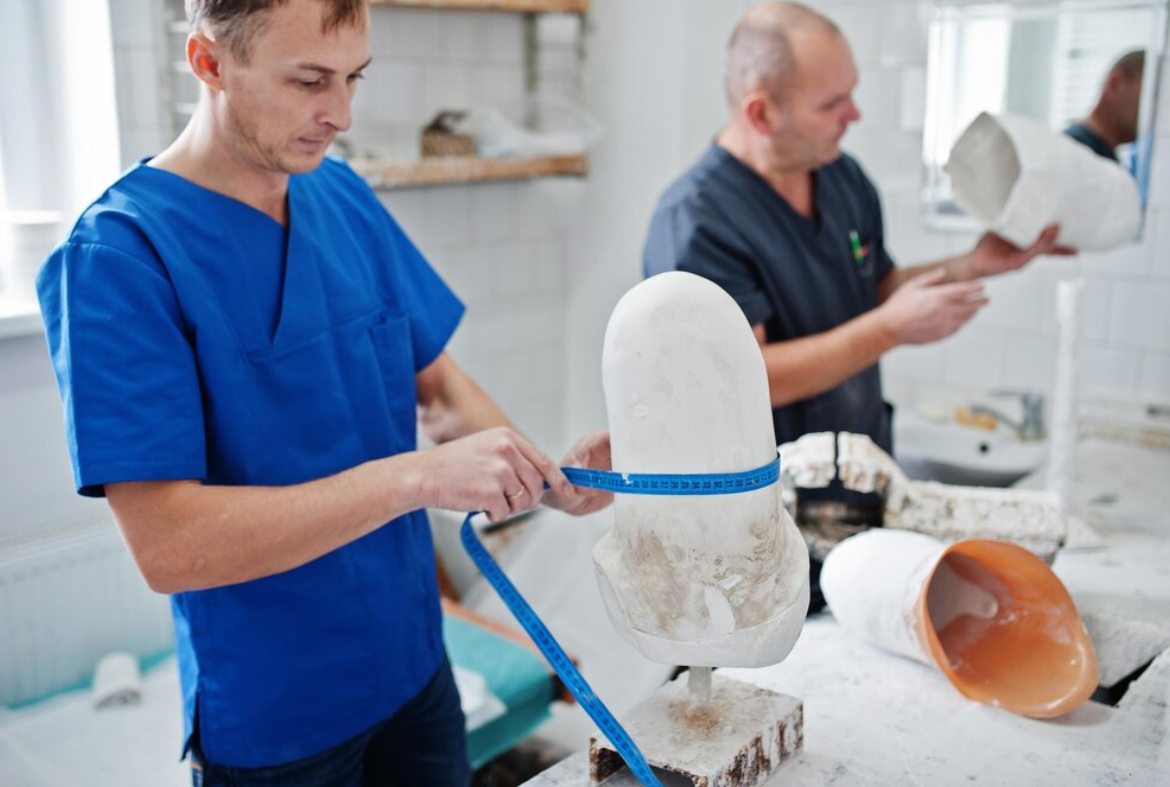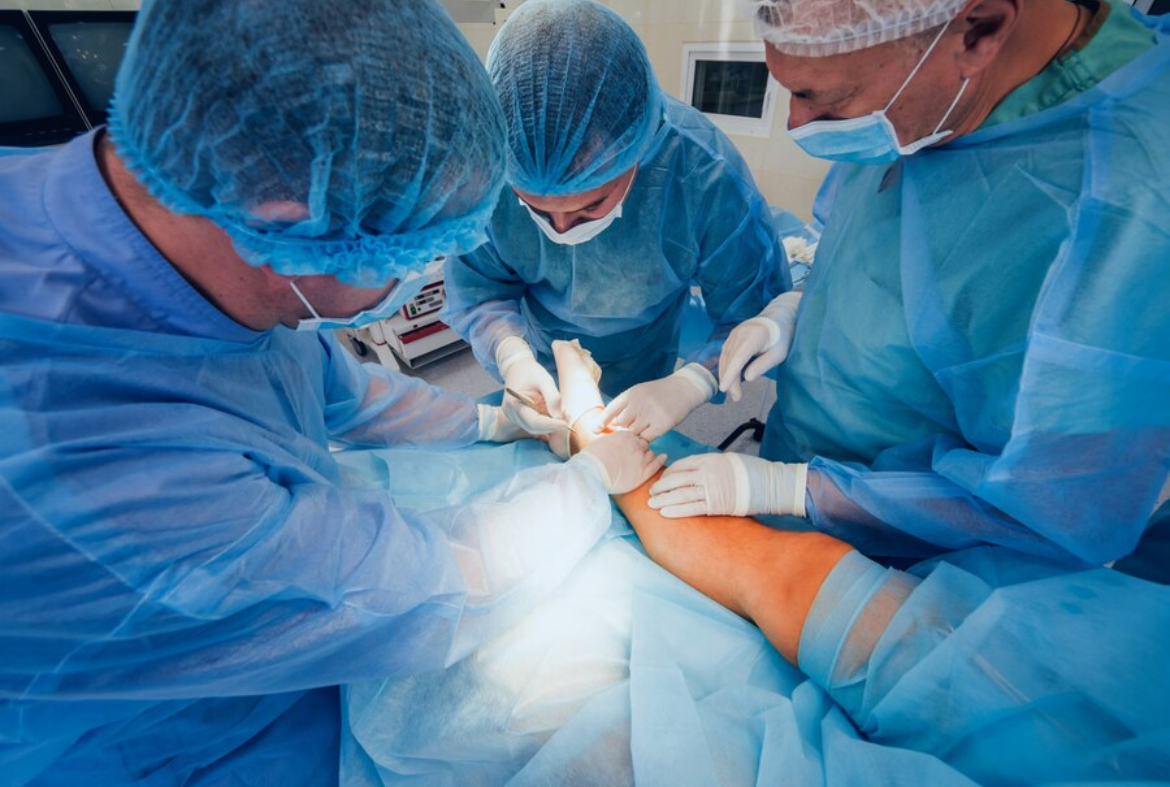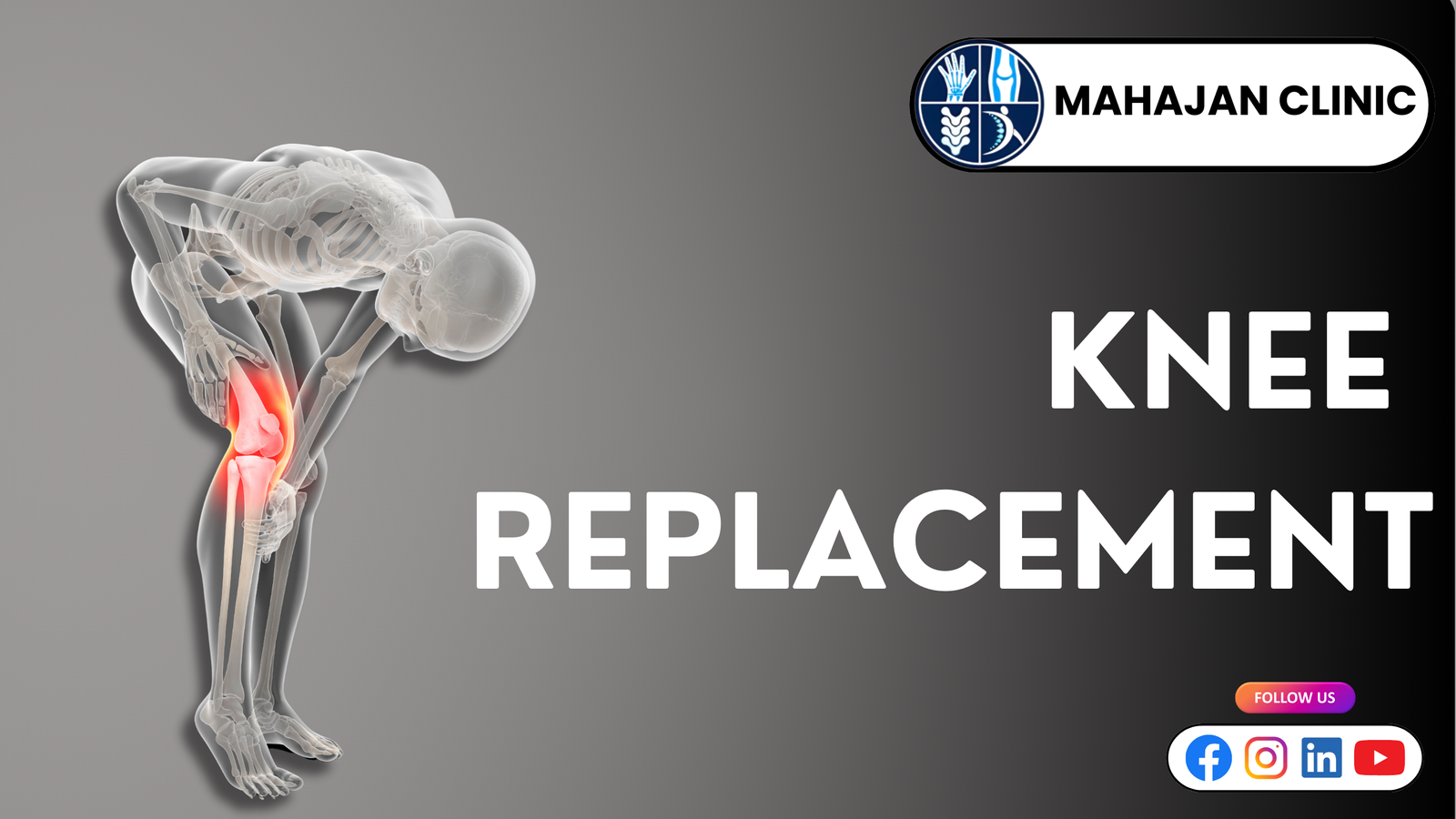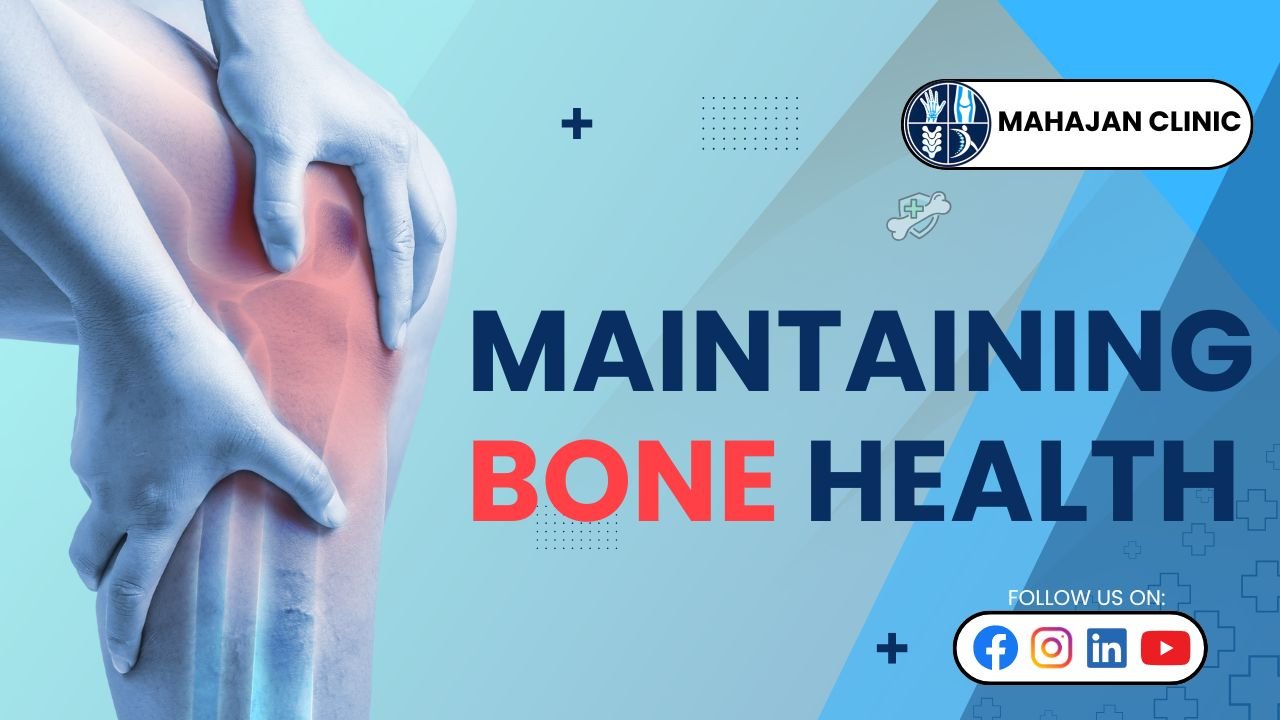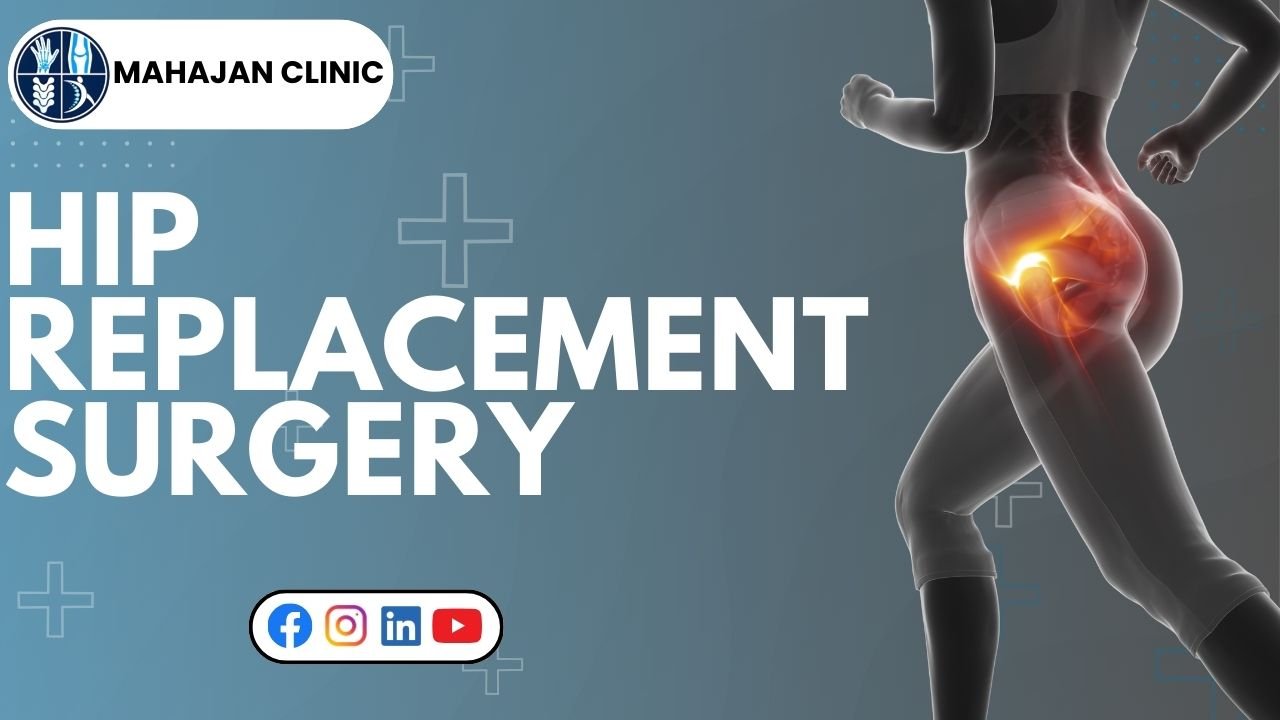Blog Details
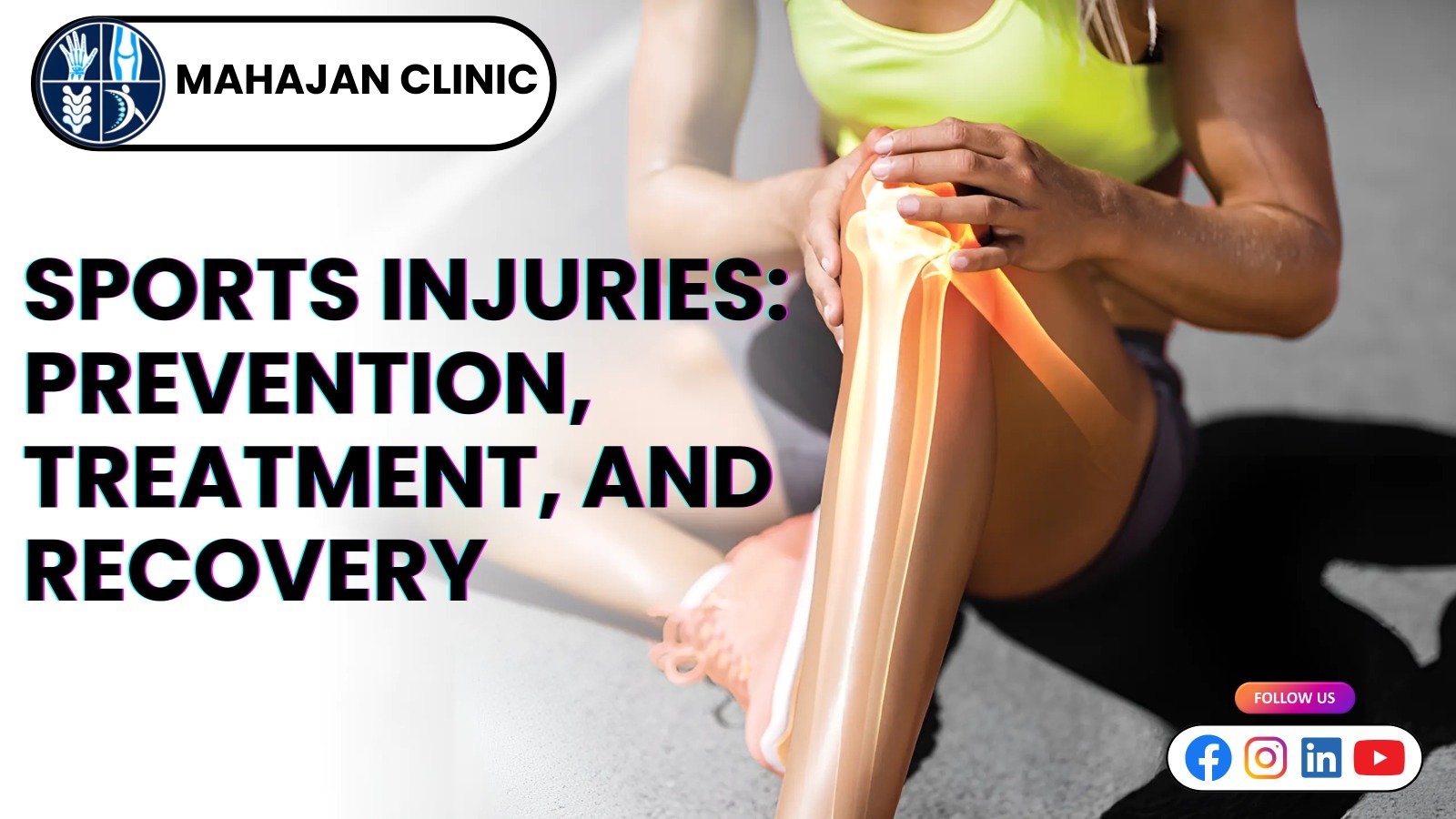
Sports Injuries: Prevention, Treatment, and Recovery
Sports are an essential part of our lives, contributing to physical fitness, teamwork, and mental strength. However, the excitement of competition and the thrill of physical activity often come with the risk of sports injuries. At Mahajan Clinic, we understand the significant impact these injuries can have on athletes, both amateur and professional. Our goal is to provide comprehensive insights into the prevention, treatment, and recovery of sports injuries, ensuring athletes can return to their passion as safely and quickly as possible.
Understanding Sports Injuries
Sports injuries can range from minor sprains and strains to severe fractures and concussions. Various factors can contribute to these injuries, including improper technique, lack of warm-up, overtraining, or adverse environmental conditions. Knowing the types of injuries and their causes is vital for effective prevention and treatment.
Common Types of Sports Injuries
- Sprains and Strains: Sprains involve stretching or tearing of ligaments, while strains affect muscles or tendons. These injuries are common in sports requiring sudden directional changes, such as basketball and soccer.
- Fractures: A fracture is a break in the bone, often resulting from falls or collisions. Fractures can be either closed (no skin breakage) or open (bone pierces the skin).
- Tendinitis: This condition occurs when a tendon becomes inflamed, often due to repetitive motion. Examples include Achilles tendinitis in runners and tennis elbow in racquet sports.
- Concussions: A concussion is a traumatic brain injury caused by a blow to the head. Recognizing the symptoms is essential, as improper treatment can lead to long-term effects.
Prevention: The Best Strategy
Prevention is always better than treatment. Here are strategies to reduce the risk of sports injuries:
- Proper Warm-Up and Cool Down: A good warm-up enhances blood flow, flexibility, and prepares the body for physical exertion. Cooling down post-activity reduces muscle soreness and aids recovery.
- Use the Right Equipment: Wearing suitable gear, including well-fitted shoes, protective pads, and helmets, is crucial for injury prevention. Ensure all equipment is in good condition and tailored to your sport.
- Focus on Technique: Proper technique is essential in avoiding injuries. Athletes should work with coaches or trainers to ensure they are performing movements correctly, especially in high-impact sports.
- Listen to Your Body: Athletes should pay attention to any signs of fatigue or discomfort. Ignoring pain can lead to more severe injuries. Rest and seek medical advice when necessary.
- Gradual Progression: Avoid the temptation to push too hard too fast. Gradually increase training intensity to allow your body to adapt, especially if you’re recovering from an injury.
Treatment: Addressing Injuries Effectively
When injuries happen, prompt treatment is vital for recovery. Here are common treatment methods:
- R.I.C.E. Method: For minor injuries, rest, ice, compression, and elevation can reduce swelling and pain effectively.
- Physical Therapy: A trained physical therapist can design a rehabilitation plan to strengthen the injured area and restore its function, especially for more severe injuries.
- Medication: Over-the-counter pain relievers can help manage pain and inflammation. However, consult a healthcare provider before taking medications, especially for extended use.
- Surgical Intervention: In some cases, surgery is necessary to repair significant injuries, such as torn ligaments or fractures. A qualified surgeon, like the best knee replacement surgeon in New Delhi, will assess the injury and recommend the best course of action.
Recovery: Getting Back in the Game
Recovering from a sports injury can be physically and mentally challenging. Here are some tips to ensure a smooth recovery:
- Follow Medical Advice: Adhering to the treatment plan provided by healthcare professionals is essential. This includes attending follow-up appointments, physical therapy sessions, and performing prescribed exercises.
- Stay Positive: Mental strength is crucial during recovery. Celebrate small milestones like regaining flexibility and gradually returning to training.
- Set Realistic Goals: Setting achievable recovery goals helps track progress and stay motivated. Celebrate every small win along the way.
- Gradual Return to Activity: Once cleared by a healthcare provider, reintroduce yourself to your sport slowly. Start with low-impact exercises and gradually increase the intensity to prevent re-injury.
- Maintain Overall Fitness: While recovering, focus on alternative exercises that do not strain the injured area. Swimming, cycling, and strength training for unaffected muscles can help maintain fitness levels.
Overall Summary
Sports injuries are a common challenge for athletes, but with proper knowledge and care, they can be prevented, treated, and recovered from effectively. At Mahajan Clinic, we are committed to providing athletes with the resources and support they need to stay healthy and active. Prioritizing prevention, seeking timely treatment, and committing to a thorough recovery process can help minimize the impact of injuries, allowing athletes to continue pursuing their passion for sports.
If you ever face severe injuries like knee fractures or require surgery, it’s important to consult with the best knee replacement surgeon in New Delhi. By caring for your body and seeking expert treatment, you can continue to enjoy sports without the burden of injury. Together, let’s work towards ensuring sports remain a source of joy and fulfillment, free from the limitations of injury.
Design and developed by Digidotes, a digital marketing company.
